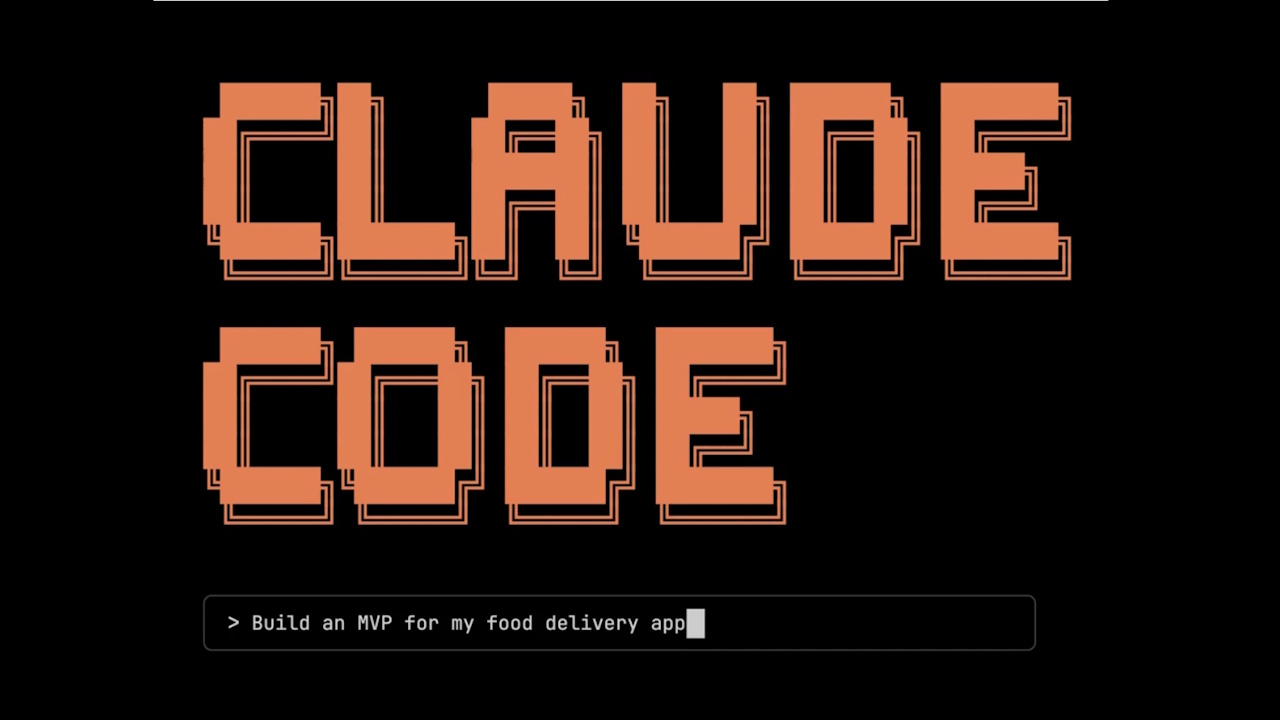July 27, 2025
5 min read
Markus Kasanmascheff
Anthropic introduces sub-agents in Claude Code, enabling specialized AI assistants to streamline complex development workflows with independent contexts.
Anthropic Rolls Out Claude Code ‘Sub-Agents’ to Streamline Complex AI Workflows
AI developer Anthropic has introduced “sub-agents” for its Claude Code platform, a powerful new feature aimed at organizing complex development workflows. Inside the Claude Code environment, developers can now delegate specific jobs like debugging or API testing to specialized AI assistants. These assistants operate with their own separate context and tools. This approach is designed to boost productivity by keeping the main conversational thread clean. The feature represents a major step in Anthropic’s push for more capable AI agents, following the May launch of Claude 4 and recent user frustrations over service limits.A Specialized Team for Your AI Workflow
The core innovation of sub-agents is solving “context pollution,” a common problem where a single AI conversation becomes muddled with unrelated tasks. By offloading work to a specialized assistant, developers can preserve the integrity of their main discussion. As software developer Stephane Busso notes, “sub agents in Claude Code represent a fundamental shift from the traditional monolithic AI assistant model. Think of them as specialized team members, each with their own expertise, tools, and dedicated workspace.” This model mirrors human expert teams. Instead of a single generalist, developers get a roster of specialists. The feature appears to have been rolled out progressively, with some users on Reddit reporting access as early as July 5, generating significant positive buzz.Claude Code Sub Agents
Multiple agents work together to automate entire company pic.twitter.com/k1MWF2bOrk pic.twitter.com/0nlODHPGfl
— Chetaslua (@chetaslua) July 24, 2025
Under the Hood: How Sub-Agents Are Built and Managed
Creating these assistants is surprisingly straightforward. According to official documentation, sub-agents are configured using simple Markdown files with YAML frontmatter. This allows for clear, version-controllable definitions of an agent’s purpose and capabilities. Developers can store these files at a global user level (~/.claude/agents/) or within a specific project’s directory (.claude/agents/), with project-level agents taking precedence. Key configuration fields define the agent’s name, description, and an optional tools list for granular access.
Anthropic’s official guidance encourages users to start by describing their needs directly to Claude. “We highly recommend generating your initial sub agent with Claude and then iterating on it to make it personally yours. This approach gives you the best results…” This AI-first approach lowers the barrier to entry, allowing developers to quickly generate a solid foundation and then refine it.
From Security Audits to API Testing: Practical Use Cases
The applications for sub-agents are extensive and practical. A developer could create asecurity-code-reviewer agent, armed with knowledge of OWASP vulnerabilities, to perform a targeted security audit on a new authentication module.
Other examples include an api-test-generator that automatically creates unit and integration tests, or a db-migration-specialist that handles complex schema changes. This modular approach allows teams to build and share a library of reusable, expert agents that enforce best practices across an organization.
Context Is King: Sub-Agents in Anthropic’s Broader Strategy
Sub-Agents for Claude Code are a key part of Anthropic’s broader strategy to build more powerful and autonomous AI systems. It follows the May 2025 release of a comprehensive developer toolkit and the highly capable Claude 4 models, which were designed for long-duration, agentic tasks. The move is seen by some analysts as a strategic push “up the stack” into the Platform as a Service (PaaS) layer. Analyst Holger Mueller of Constellation Research observed, “LLM vendors are working up the stack into the PaaS layer. Anthropic is a great example of this move with its latest release,” suggesting Anthropic is competing more directly with cloud and software service providers. This vision of AI-powered development was articulated by Anthropic CEO Dario Amodei, who said, “we’re heading to a world where a human developer can manage a fleet of agents, but I think continued human involvement is going to be important for the quality control…,” emphasizing the continued need for human oversight. This philosophy is now becoming a reality in Claude Code. The launch also arrives at a critical time for user trust. In mid-July, Anthropic faced a significant backlash after quietly imposing restrictive usage limits on Claude Code, leaving paying customers frustrated. This strategic release can be viewed as a move to rebuild goodwill. By delivering a feature that tangibly improves workflow efficiency, Anthropic is demonstrating value beyond raw message counts, shifting the focus from quantity to the quality of interaction. By enabling focused, specialized work, Anthropic is providing a powerful tool that underscores its commitment to the professional developer community, even as it navigates the economic realities of providing cutting-edge AI. The company itself is a heavy user of its tools, lending credibility to the architecture as a battle-tested workflow according to a recent company blog post.Source: Anthropic Rolls Out Claude Code ‘Sub-Agents’ to Streamline Complex AI Workflows

